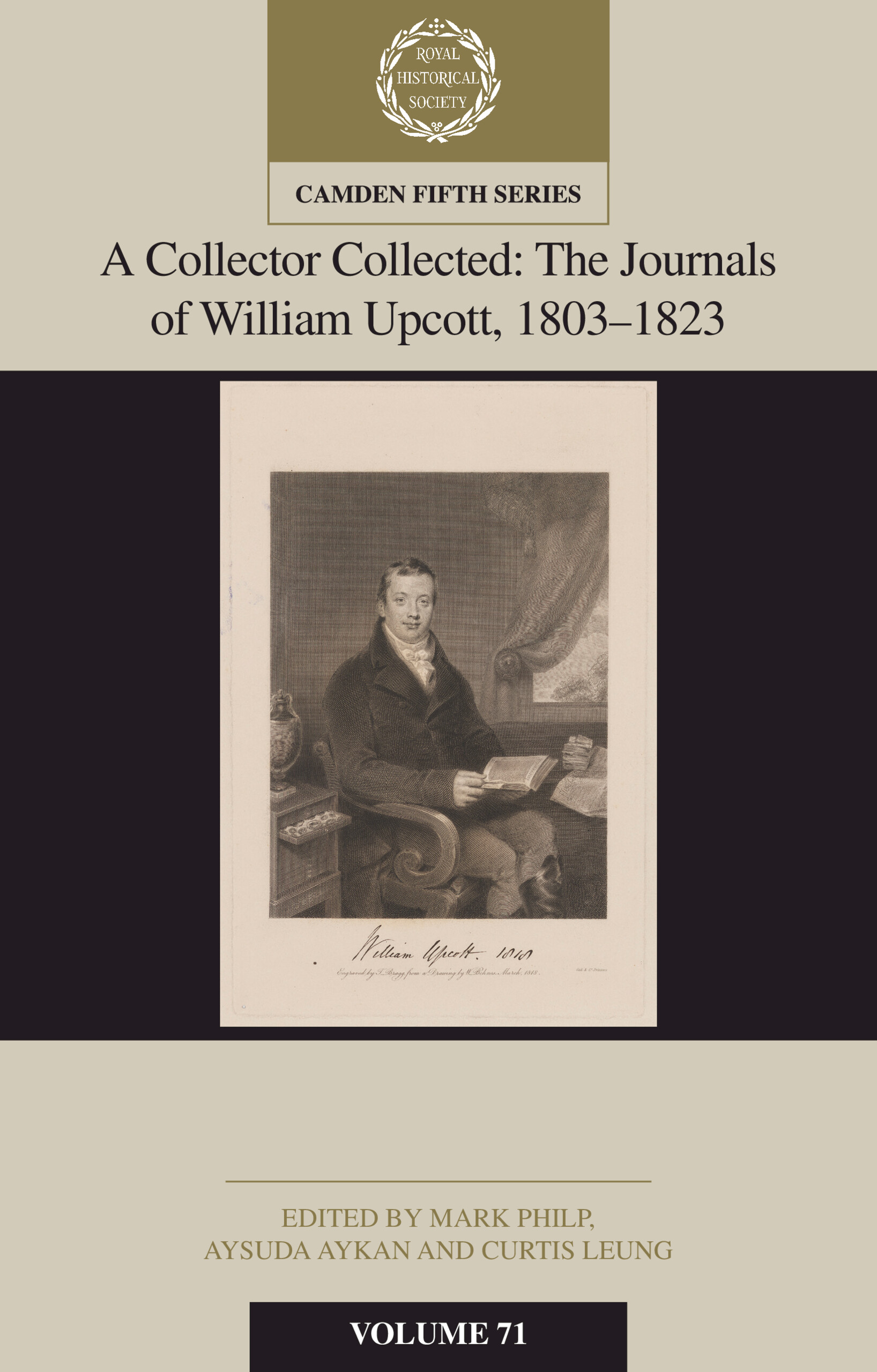No CrossRef data available.
Article contents
INTRODUCTION
Published online by Cambridge University Press: 01 June 2017
Extract
The opening decades of the twenty-first century have seen a notable revival of interest in the records of the medieval English parliament. In 2004–2005 a team of scholars funded by the Leverhulme Trust and led by Chris Given-Wilson published The Parliament Rolls of Medieval England (PROME), a new electronic and print edition, with full translation, of the extant parliament rolls for the reigns of Edward I to Henry VII. Because PROME focuses on those aspects of parliamentary business that were committed to permanent record on the parliament rolls, it does not consider systematically the other available records associated with the medieval parliament. In particular, it does not reproduce the substantial numbers of unenrolled petitions submitted in parliament that were printed in the eighteenth-century edition of the rolls, Rotuli Parliamentorum (RP), though it does include introductory materials and appendices providing summaries and transcripts of these and other ancillary documents.
- Type
- Introduction
- Information
- Copyright
- Copyright © Royal Historical Society 2017
References
1 As with private petitions, a clerk would mark a common petition with the note Irrotulatur (‘Enrolled’, often abbreviated to Irr’) to indicate that it was included on the parliament roll (Dodd 2007: 326). Only four petitions within this volume bear this note (nos 5, 6, 54 and 72), signalling the fact that the majority of the petitions published here were either rejected or never heard.
2 The same point applies in the three cases where lists of common petitions and the responses to them were enrolled on the dorse of the close roll: in the instances from 1309 (no. 110) and 1325 (no. 116), the existence of originals and/or the absence of full modern editions/translations means they are included here; in the cases of a short series of common petitions from the parliament of January–March 1327 (see Appendix), there is no original, and a full translation of the enrolment is available in CCR (itself accessible online).
3 Nos 113 (1322) and 88 (c.1380). In the former case, the switch from French to Latin occurs mid-sentence and appears to have no apparent cause, whereas the latter petition includes a quotation of part of a Latin charter.
4 Of the 127 petitions in this volume, 52 contain no response, 45 contain responses in French, 24 contain responses in Latin (including 5 that have only formulaic phrases such as coram rege), 5 contain responses in both French and Latin, and 1 has a response that is illegible. Of the petitions with Latin responses, fourteen date from before 1330, and none are later than 1362.
5 The hand of one of the petitions in this volume (no. 18) bears a strong resemblance to that of the privy seal clerk Thomas Hoccleve. Hoccleve has previously been identified as the scribe of several private petitions: Killick 2011: 87–89.
6 See, for example, nos 6 (1320), 20 (1327–1330), 24 (mid 14th c.), 31 (early 14th c.) and 116 (1325).
7 For a later example of a common petition drafted outside Westminster, see Killick 2016.


